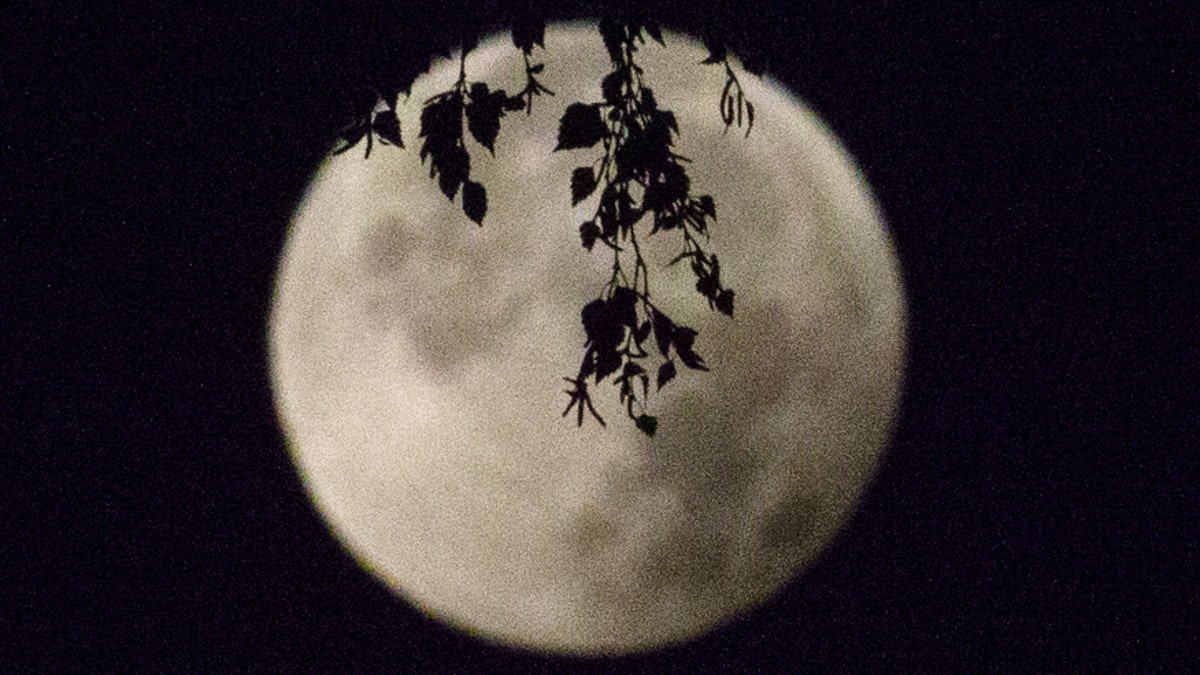Skywatchers are in for a treat this week when the full corn moon lights up the sky.
“The next full Moon will peak after midnight on Wednesday morning, Sept. 2, 2020, appearing ‘opposite’ the Sun (in Earth-based longitude) at 1:22 a.m. EDT,” explains NASA, on its website. “The Moon will appear full for about three days around this time, from Monday evening through Thursday morning.”
Citing the Maine Farmer’s Almanac NASA notes that Algonquin tribes in the northeastern U.S. called the September full moon and last full moon of summer the corn moon. “This was the time for gathering their main staple crops of corn, pumpkins, squash, beans, and wild rice,” the space agency explains.
STUNNING BUCK MOON THRILLS SKYWATCHERS ON FOURTH OF JULY
European names for the September full moon are the fruit moon and the barley moon, according to the space agency.

File photo: A supermoon appears after a total "supermoon" lunar eclipse in Brussels September 28, 2015. (REUTERS/Yves Herman)
This year’s September full moon, however, will not be a harvest moon. “The full Moon that happens nearest to the autumnal equinox (September 22 or 23) always takes on the name ‘Harvest Moon’ instead of a traditional name—a rule that often places the Harvest Moon in the month of September,” explains the Old Farmer’s Almanac. “However, when September’s full Moon occurs early in the month, the full Moon of early October lands nearest to the autumnal equinox and therefore takes on the Harvest Moon title instead.”
Last month’s August full moon was the sturgeon moon. In July, the stunning full buck moon thrilled skywatchers on July 4th.
CLICK HERE TO GET THE FOX NEWS APP
NASA explains where other planets will appear in the sky around the time of the full corn moon. “On the morning of the full Moon on Wednesday, Sept. 2, 2020, as morning twilight begins (at 5:39 a.m. EDT for the Washington, DC area), the bright planet Venus will appear in the east about 29 degrees above the horizon,” it says, on its website. “The planet Mars will appear in the southwest about 52 degrees above the horizon.”
Follow James Rogers on Twitter @jamesjrogers





















